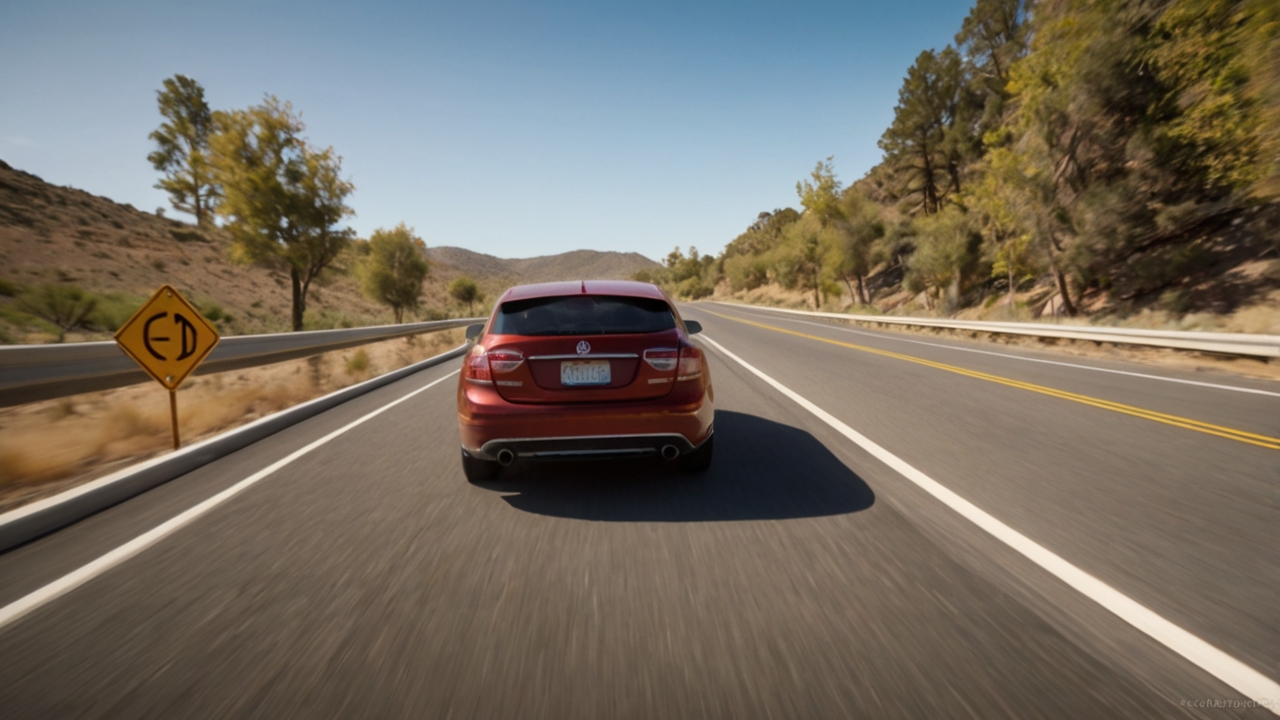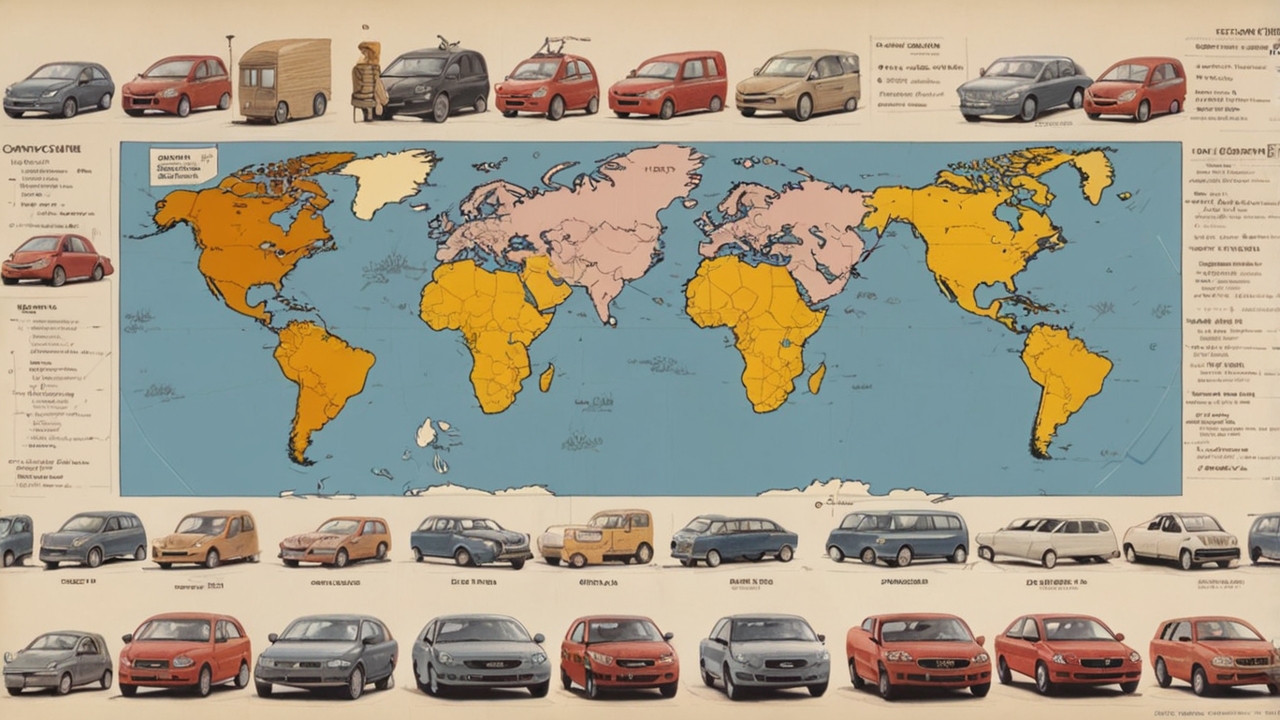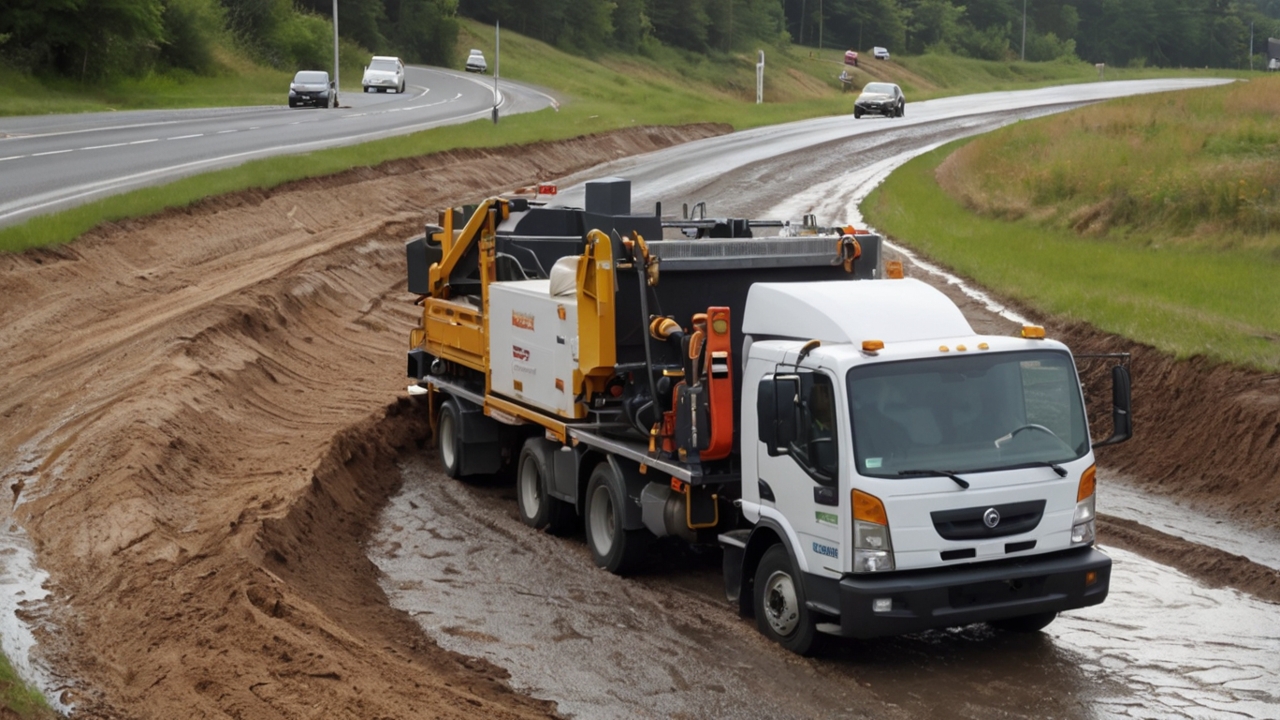Defensive Driving Techniques That Save Lives
Bukemersanacokyakisir – At its core, Defensive Driving Techniques are about predicting potential hazards before they happen and making choices that keep everyone on the road safe. Unlike ordinary driving, which focuses on getting from one place to another, defensive driving is rooted in awareness, anticipation, and control. It’s not just about following traffic laws it’s about reading the behavior of others, anticipating risks, and staying calm even in chaos.
As someone who’s spent years studying road behavior and accident data, I’ve learned that defensive driving is less about speed and more about foresight. The best drivers aren’t the fastest they’re the ones who see danger before it arrives.
“Read also: How to Overcome Self-Doubt and Step Into Your Full Potential“
Why Defensive Driving Is a Life-Saving Skill
Every year, millions of road accidents occur due to distractions, aggression, and poor judgment. According to the World Health Organization, road crashes claim over 1.3 million lives annually. The good news? Many of these deaths are preventable through proper Defensive Driving Techniques.
Driving defensively means assuming that other drivers might make mistakes and preparing for it. Whether it’s anticipating a sudden lane change, maintaining a safe distance, or slowing down near intersections, these micro-decisions add up. A split second of caution can be the difference between a close call and a catastrophe.
Staying Alert: The Foundation of Defensive Driving
Alertness is the heart of every defensive driving strategy. You can’t predict or react to what you don’t notice. This means keeping distractions to a minimum no texting, eating, or fumbling with the radio while driving.
Studies by the National Highway Traffic Safety Administration (NHTSA) show that drivers using phones are six times more likely to cause an accident. Personally, I’ve found that turning off phone notifications entirely during drives not only enhances safety but also creates a sense of calm focus. Being alert is about more than awareness it’s about discipline.
Maintaining Safe Following Distance
A key principle of Defensive Driving Techniques is maintaining adequate space between your car and the one ahead. The general rule is the “three-second rule”: choose a fixed point, and ensure at least three seconds pass after the vehicle in front passes it.
This buffer gives you time to react to sudden stops or road hazards. In poor weather conditions like rain or fog doubling that distance is wise. Too many drivers underestimate reaction time, but even half a second can determine whether you stop safely or collide. In my experience, defensive drivers view space as protection, not an invitation for others to cut in.
Anticipating Other Drivers’ Behavior
One of the most underrated Defensive Driving Techniques is learning to “read the road.” This doesn’t just mean watching for traffic lights or signs it means studying human behavior. Is that driver drifting slightly toward your lane? Are brake lights flashing inconsistently? These are clues that something unpredictable might happen.
By analyzing patterns, you can stay one step ahead. I often tell new drivers that safe driving is 80% observation and 20% reaction. Once you master anticipation, the road becomes far more predictable and therefore, safer.
Controlling Speed and Adapting to Conditions
Speed management is another cornerstone of Defensive Driving Techniques. Speed limits exist for a reason, but defensive driving goes beyond obeying them it’s about adapting. Rain, fog, construction zones, or heavy traffic all require reduced speed.
Many drivers falsely believe that driving faster saves time, but studies show it rarely does. Instead, it increases stress, fuel consumption, and risk. From my perspective, defensive drivers aren’t slow they’re smart. They understand that controlling speed means controlling outcomes.
Managing Emotions Behind the Wheel
Emotional control might be the most human aspect of defensive driving. Road rage, impatience, or frustration can cloud judgment faster than any distraction. A calm driver is a safe driver.
Whenever I feel irritation creeping in say, after being cut off I remind myself that reacting emotionally solves nothing. In fact, engaging with aggressive drivers escalates danger. Instead, practice empathy: maybe that person is having a bad day. Defensive driving isn’t just about avoiding accidents; it’s about preserving mental peace amid chaos.
Using Mirrors and Blind Spots Effectively
Your mirrors are your second set of eyes, but they’re useless if not used correctly. Proper Defensive Driving Techniques require scanning mirrors every few seconds to maintain situational awareness. Adjust your side mirrors so that you eliminate as much of the blind spot as possible.
Additionally, when changing lanes, always perform a quick shoulder check. Many accidents occur not from recklessness but from simple oversight. Technology like blind-spot sensors can help, but nothing replaces a driver’s active vigilance. In my opinion, the safest drivers don’t trust automation they trust awareness.
Avoiding Common Distractions While Driving
Modern vehicles are filled with potential distractions touchscreens, music apps, navigation tools, and smartphones. The best defensive drivers minimize all unnecessary inputs. Use “do not disturb” modes, preset navigation before departure, and avoid multitasking.
According to a 2023 study by AAA, distracted driving caused over 400,000 injuries in the U.S. last year alone. Those numbers are staggering, yet preventable. Defensive driving requires presence. When your hands, eyes, and mind align with one purpose safe travel you reduce nearly every controllable risk.
“Read also: The Ultimate Guide to Eco-Friendly Travel“
Weather Awareness and Road Adaptability
Defensive driving is situational. Rain, fog, snow, or extreme heat all demand different tactics. For example, in rain, hydroplaning can happen at speeds as low as 55 km/h. The key is to slow down, use headlights, and avoid sudden braking.
In fog, rely on low-beam lights instead of high beams, which reflect glare. During snow, gentle acceleration and increased stopping distances are vital. A good driver adapts not just to the road but to the rhythm of nature. The weather isn’t your enemy it’s your teacher, reminding you to stay humble behind the wheel.
The Importance of Vehicle Maintenance
Even the most skilled driver can’t compensate for poor vehicle maintenance. Proper tire pressure, functioning brakes, and clean windshields are non-negotiable elements of Defensive Driving Techniques.
Personally, I view car maintenance as self-care it’s not just about machines, but mindfulness. A well-maintained vehicle responds predictably; a neglected one surprises you at the worst moments. Create a monthly checklist for oil, lights, and fluid levels. Consistent care turns your car from a potential hazard into a reliable companion.
Learning to Let Go: Accepting the Uncontrollable
Perhaps the most profound lesson in defensive driving is humility. No matter how skilled or cautious you are, you can’t control every variable. Other drivers will make mistakes. Roads will be unpredictable. The key is to control your reaction, not the chaos.
Defensive drivers master acceptance they stay prepared but not paranoid. They understand that safety isn’t perfection; it’s awareness combined with adaptability. In many ways, these lessons extend beyond the road. Defensive driving mirrors life: awareness, patience, and empathy keep us safe both behind the wheel and in the world.
Drive to Protect, Not to Impress
At the end of the day, Defensive Driving Techniques aren’t about showing off skills they’re about saving lives, including your own. Every turn of the wheel carries responsibility. By staying alert, calm, and considerate, you become part of a global movement toward safer roads.
Personally, I believe defensive driving isn’t just a skill it’s a mindset, a philosophy of care that reflects how we value ourselves and others. So the next time you drive, remember: your greatest achievement may not be reaching the destination faster, but ensuring everyone gets there safely.



